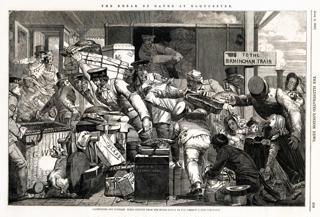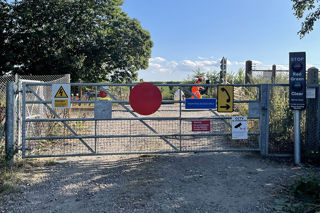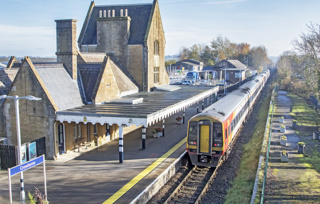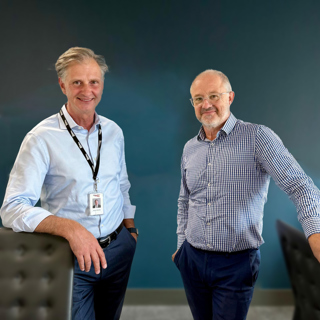Reducing the cost of running the railway by 20%, running nine out of 10 trains on time on regional, London and South East and Scottish routes, and improving reliability for long-distance passenger trains are all confirmed objectives that Network Rail has agreed with the Office of Rail Regulation, in the latter’s determination for Control Period 5.
The £38 billion package for April 2014-March 2019 (RAIL 714, 735), confirmed on February 10, will include a commitment on the part of NR to improve standards of infrastructure management, network resilience and the safety of passengers and railway workers. The figure includes a programme of network-wide enhancements worth more than £12bn.
Describing the final determination as a challenge for the whole rail industry, not just NR, the ORR says that “stretching” targets and new incentives will ensure that the entire rail industry works more closely together.
ORR Chief Executive Richard Price said that the regulator expects NR to enhance safety, increase capacity, and improve the performance and resilience of the rail network.
“Service standards will get better, as stations up and down the country are modernised and lines are electrified,” he said.
“Alongside this work, the company will also deliver more, pound-for-pound, than ever before, as it uses new technology and better ways of working.”
Describing CP5 as both a fresh start for the company and an opportunity, Price said significant levels of funding by government and passengers, while working with the rest of the industry, would enable NR to learn lessons and “build on successes from the past”. However, he said meeting the challenges would be tough, particularly in the early years for punctuality in England and Wales, “because of recent performance levels”.
NR said that it was accepting the ORR’s determination, for a period in which new stations will be added to the network, facilities improved, platforms lengthened, and the Thameslink, Northern Hub and Birmingham New Street projects and main line electrification continued.
NR Chief Executive Sir David Higgins said the railway was a “complex, long-term, critical element of Britain’s infrastructure, needing sustained, high levels of investment if we are to meet the public’s rapidly increasing appetite for rail travel, and businesses’ desire to move freight off congested roads”.
Speaking of “the need to do things very differently in CP5”, Higgins vowed that NR would work together with the ORR, particularly on improving safety.
He added that better asset management - moving from a ‘find and fix’ approach to maintenance to a ‘predict and prevent’ way of working - would help achieve ongoing efficiency savings and improvements in the reliability of train services.
Higgins added that NR was collectively disappointed to be starting CP5 at a lower level of performance than was assumed at the time of the Final Determination (RAIL 735), “partly because of the weather”. NR recognised its responsibility for missed targets, but said it could still meet them for the end of the current Control Period (March 31 2014).
Rail Delivery Group Director General Michael Roberts said: “The multi billion-pound funding settlement for the railway for the next five years is vital to improving services and carrying more passengers and goods. Meeting the challenging targets on performance and efficiency will call for all parts of the industry to work more effectively together. The Rail Delivery Group is committed to play its part in making this happen.”
- This news article was published in RAIL 742 on 19 February 2014

















Login to comment
Comments
No comments have been made yet.